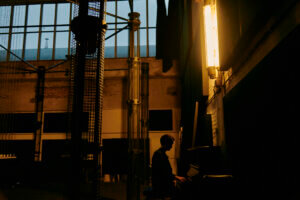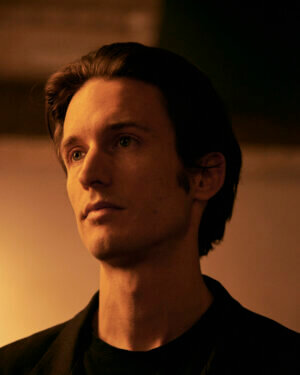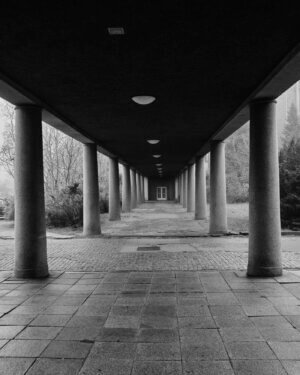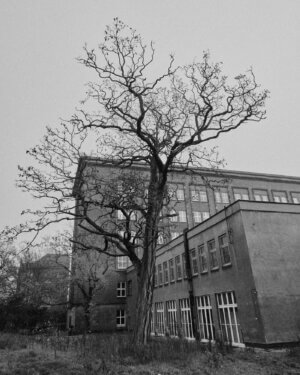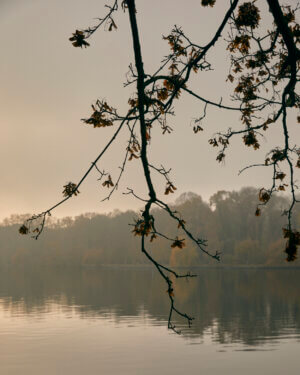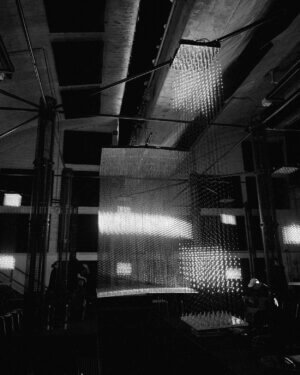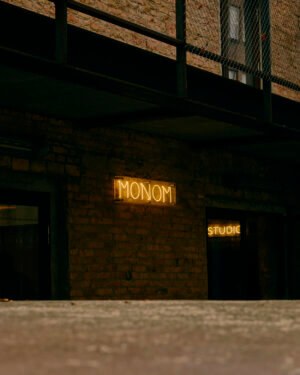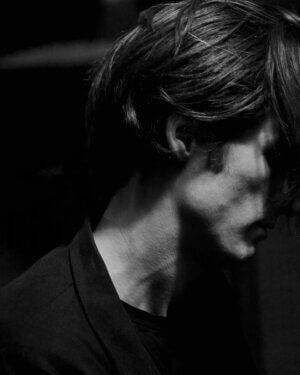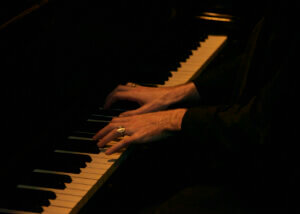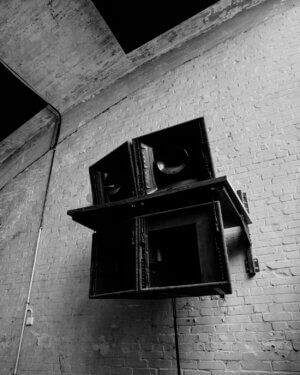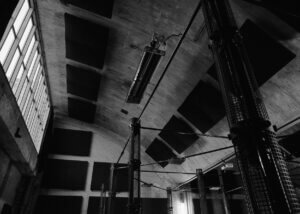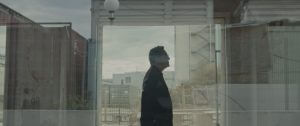From a whispering drone that shimmers across the eardrum to a cacophony of chords that rattle your senses, a visit to Monom, the innovative sound studio just downriver from the Flussbad campus, reveals the soothing, electrifying potential for mind and body offered by the burgeoning field of spatial sound. While Slowness excitedly awaits collaborating with Monom on our new performance space at Flussbad later this year, we caught up with William Russell, founder of the artist-run space and recognized leader of a growing worldwide community of spatial sound fanatics. When the Australia-born musician relocated to Berlin over a decade ago, he took a studio at Funkhaus and immediately fell in love with the dilapidated architectural gem that once served as the hub of East German radio production.
While many disused spaces in the German capital have become legendary venues for electronic music, Russell recognized that this one, with its unique acoustic design, was suited to a far more immersive type of sound experience. Working with technology developed by the Amsterdam-based studio 4DSOUND, Russell suspended omnidirectional speakers throughout Monom, immersing visitors in a 360° sound bath that forms, in his words, “an electronic symphony, an instrument to play the space.” Yet across Monom’s artist residencies and public programming, Russell insists on active, not passive, listening that invites multidisciplinary thinking and fosters community—aims shared by the emergent creative hub around Rummelsburg.
